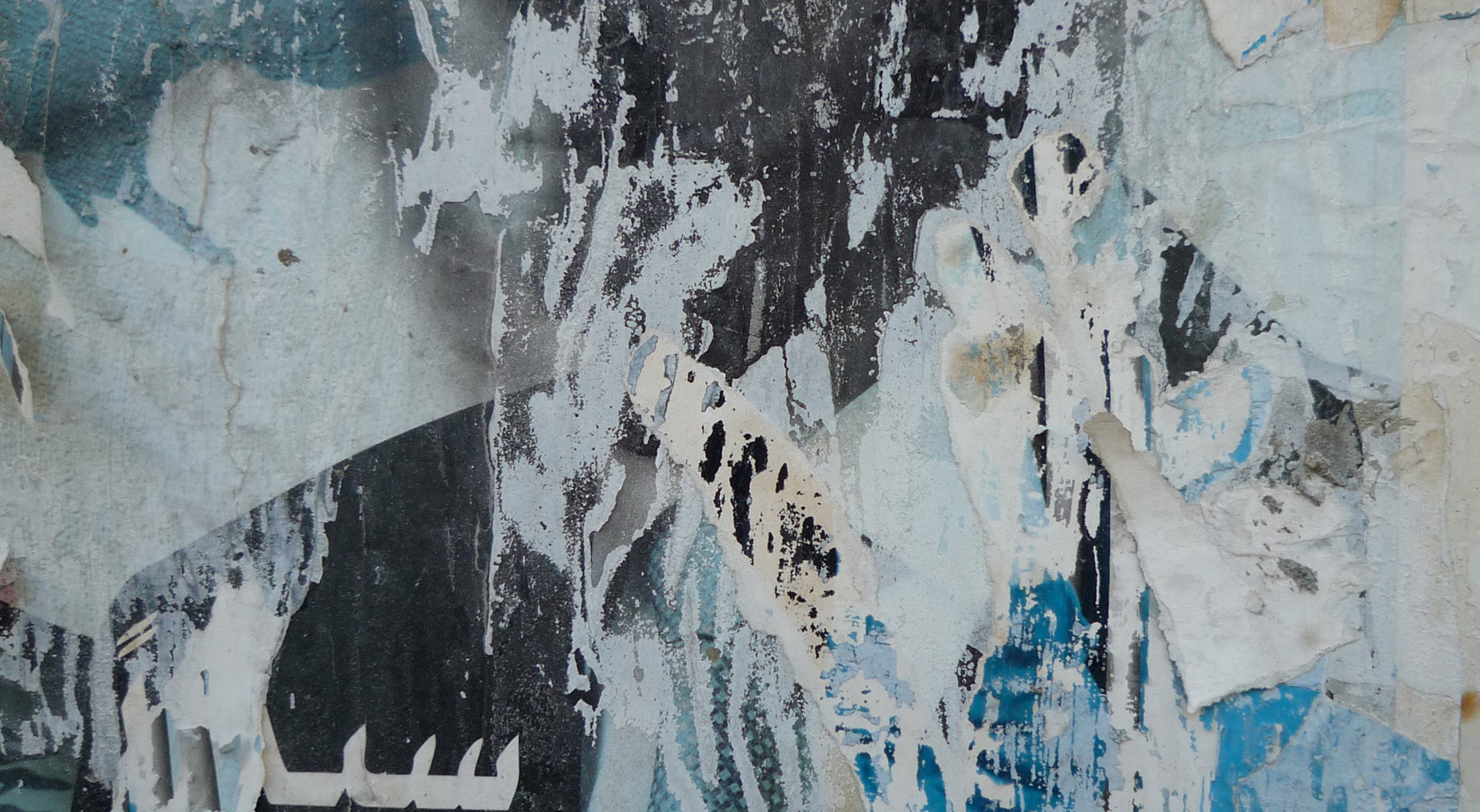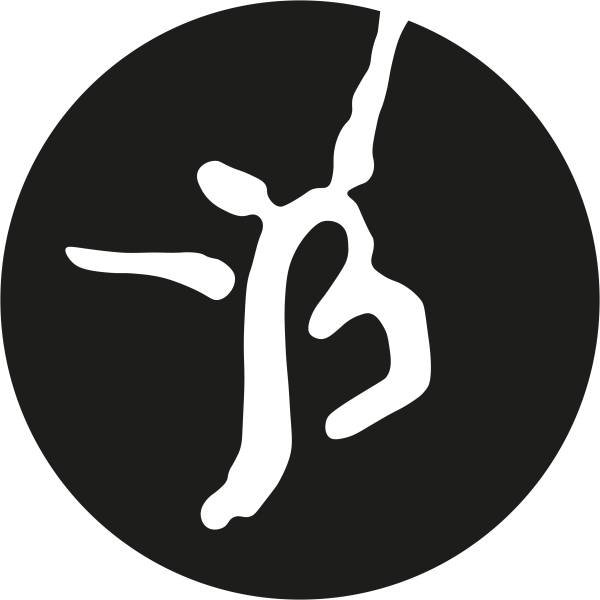Rabih Mroué
Trilogy: On Three Posters / The Inhabitants of Images /Pixelated Revolution
octoberoct 14 – 18
Rabih Mroué: Trilogy
On Three Posters
A non-academic conference by Rabih Mroué (2004)
English translation by Mona Abou Rayyan and French translation by Masha Refka
A production by Ashkal Alwan/Beirut // The piece was first presented in June 2004 for the Performance Studies International Conference (Singapore)
The Inhabitants of Images
A non-academic conference by Rabih Mroué (2008)
English translation by Ziad Nawfal, and French translation by Peter Chase
A coproduction with Tanzquartier Wien ; Bidoun magazine ; Ashkal Alwan/Beirut // The piece was first presented in 2008 au Tanzquartier Wien
Pixelated Revolution
A non-academic conference by Rabih Mroué (2012)
English translation by Ziad Nawfal, and French translation by Jean-Luc Defromont
A coproduction with Berlin Documentary Forum – HKW/ Berlin ; dOCUMENTA 13 (Kassel) ; The 2010 Spalding Gray Award //
The piece was first presented on 31st May 2012 at HKW Berlin as part of the Berlin Documentary Forum
Thanks to Lina Saneh, Elias Khoury, Tony Chakar, Sarmad Louis, Hito Steyerl, Elia Suleiman, Khalil Joreige andJoana Hadjithomas, Walid Raad, Bilal Khbeiz, Yousef Tohme, Paul Khodr, Christine Tohme, Manal Khader, Bernard Khoury, Stefan Tarnowski, Raseel Hadjian and Jowe Harfouche, Ayloul Festival, Beirut Art Center and Kalamon magazine-Beirut.
The Inhabitants of Images and Pixelated Revolution receive support from ONDA.
In collaboration with Théâtre de la Cité internationale ; Théâtre de la Bastille ; Festival d’Automne à Paris
In partnership with France Culture
Born in Beirut, Rabih Mroué is the author of a body of work at the crossroads of theatre, performance and visual arts. Directly related to economic and social reality in Lebanon, he seeks to explore the issues and contradictions that rack society.
The relationships between images, expression and representation are at the heart of Riding on a cloud, a performance piece which closely examines the passing on from one photograph to the next, in order to create a story which is as personal as it is collective. Rabih Mroué: Trilogy goes back to three of the artist’s “non-academic conferences”, and is situated somewhere between a lecture, performance and conversation with the audience. Rabih Mroué selects certain images there and shifts them around in order to go deeper into the social and symbolic implications, fissures and off-screen elements. This is the case whether it might the filmed declarations of a suicide candidate in 1985 (On Three Posters), photo-collages made for political ends (The Inhabitants of Images) or video footage of the first instants of the revolution in Syria (Pixelated Revolution). These works, in which the document is mixed with fiction, probe into Middle East modern history and its tormented present, providing us with a very necessary form of distance. In other words, a space where we can reflect upon media-coverage of the conflicts and our globalized, visual culture.
In the same place


